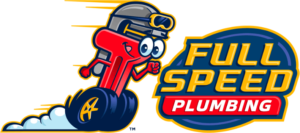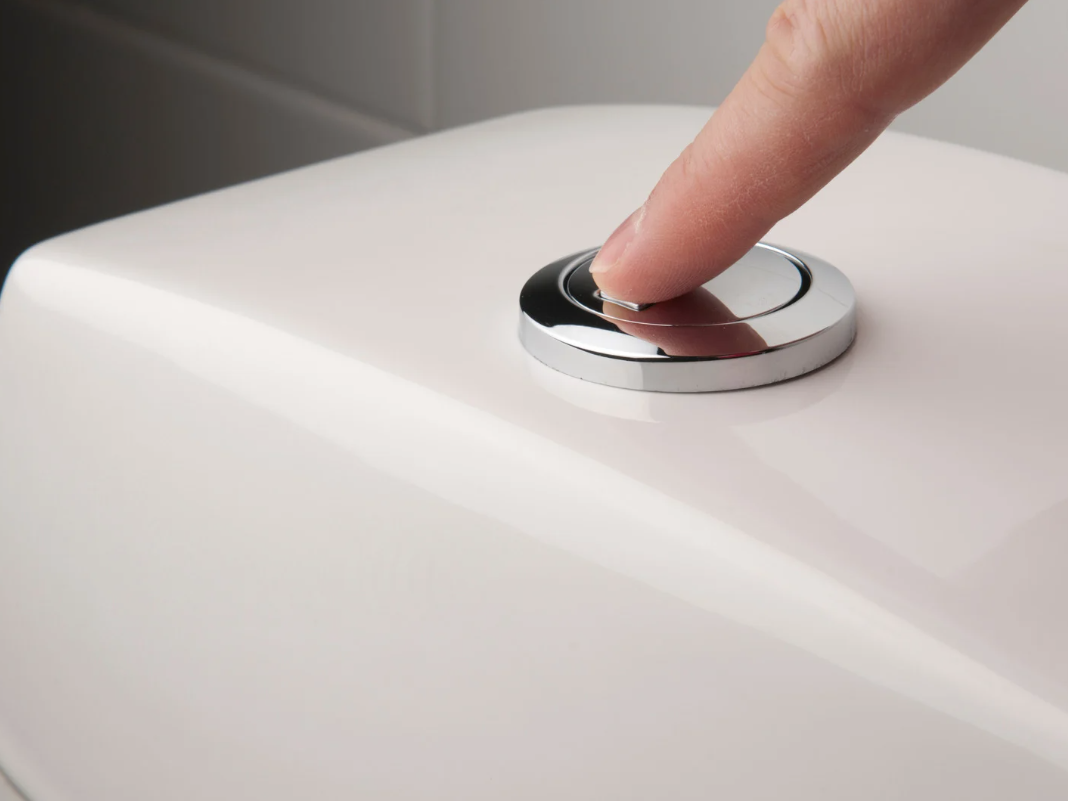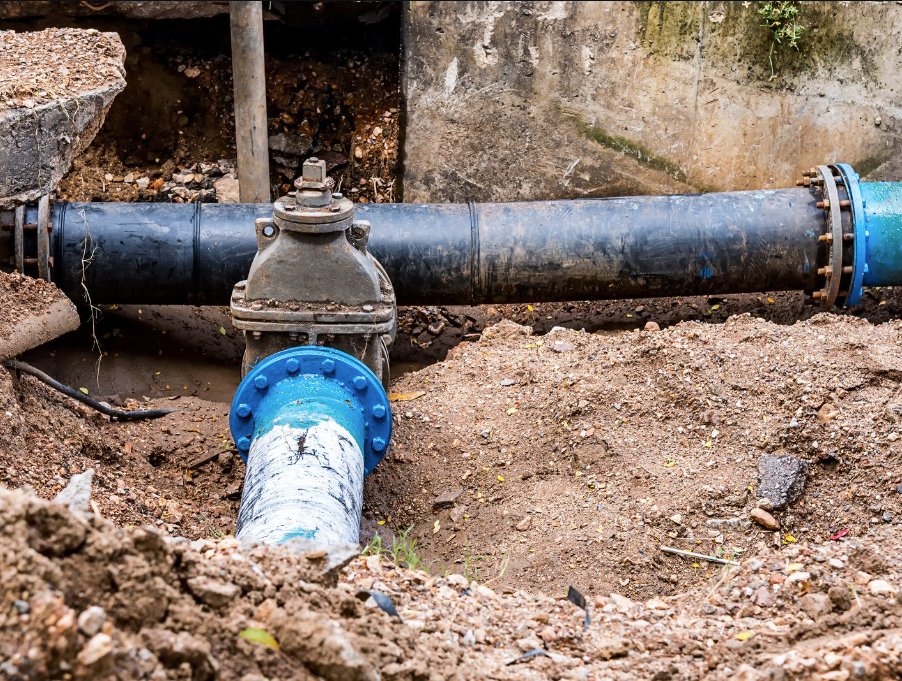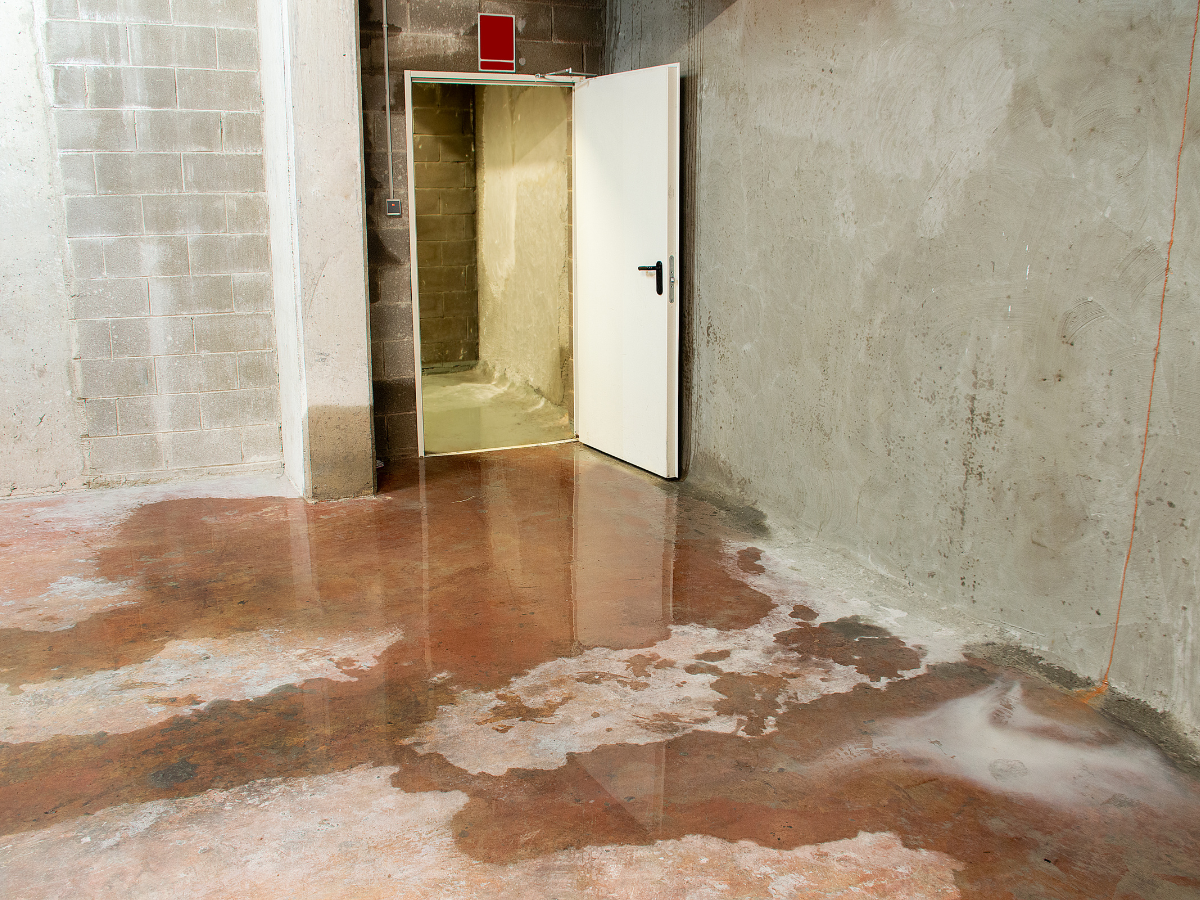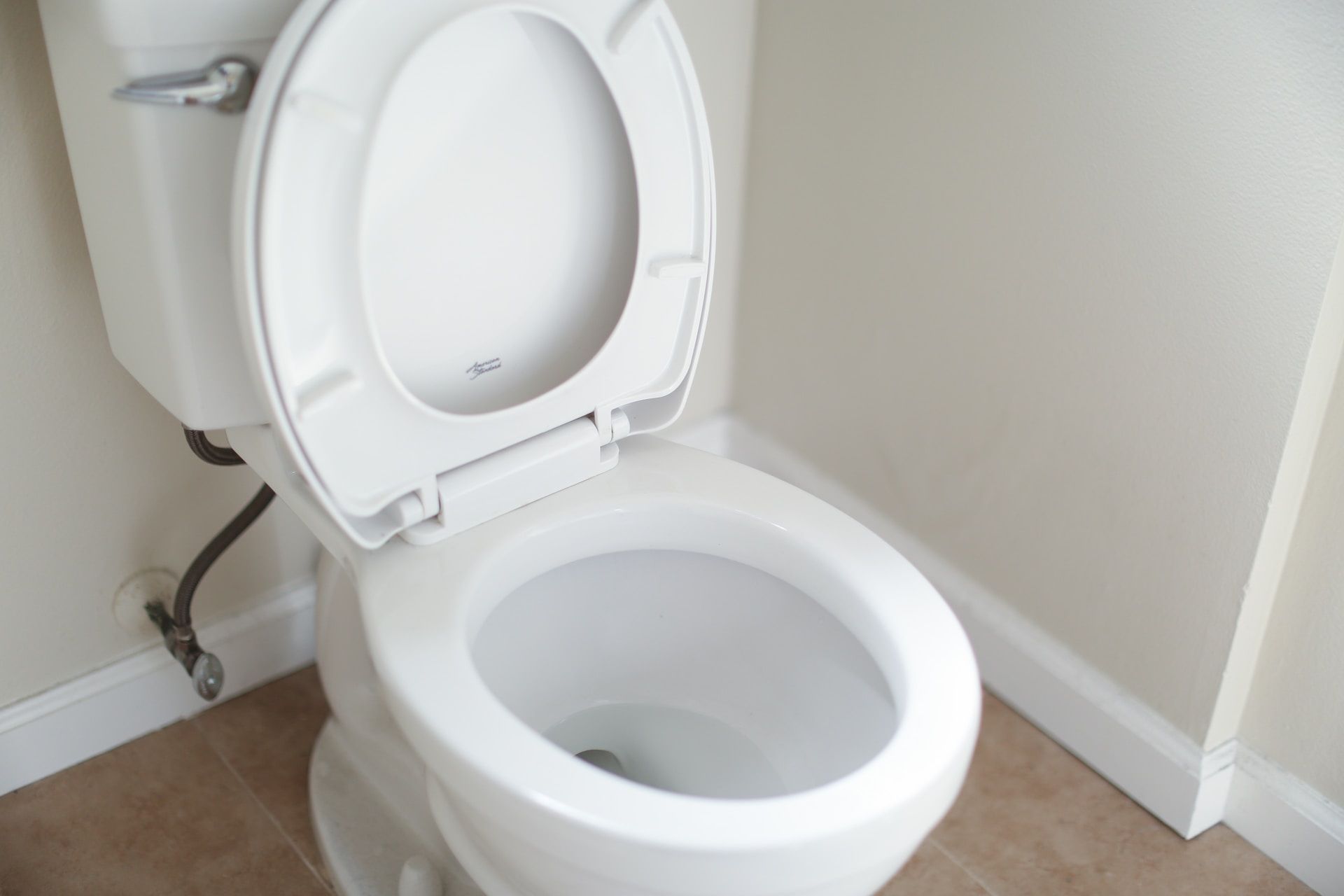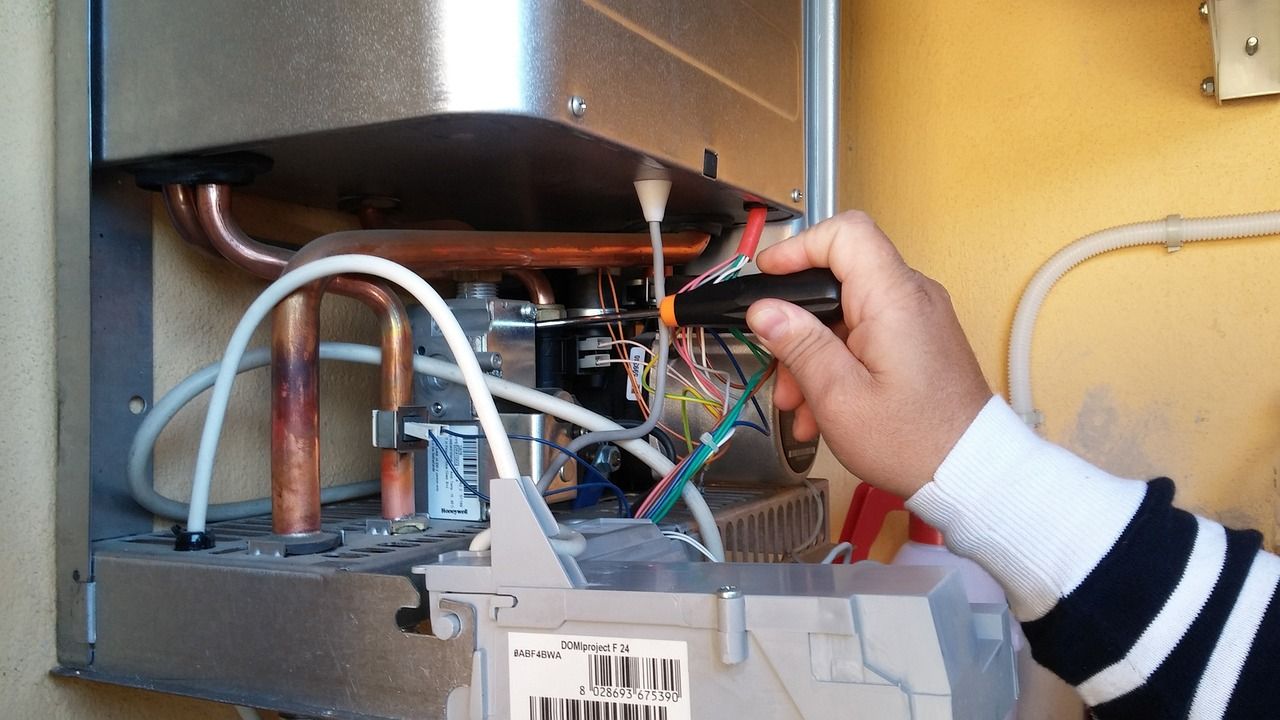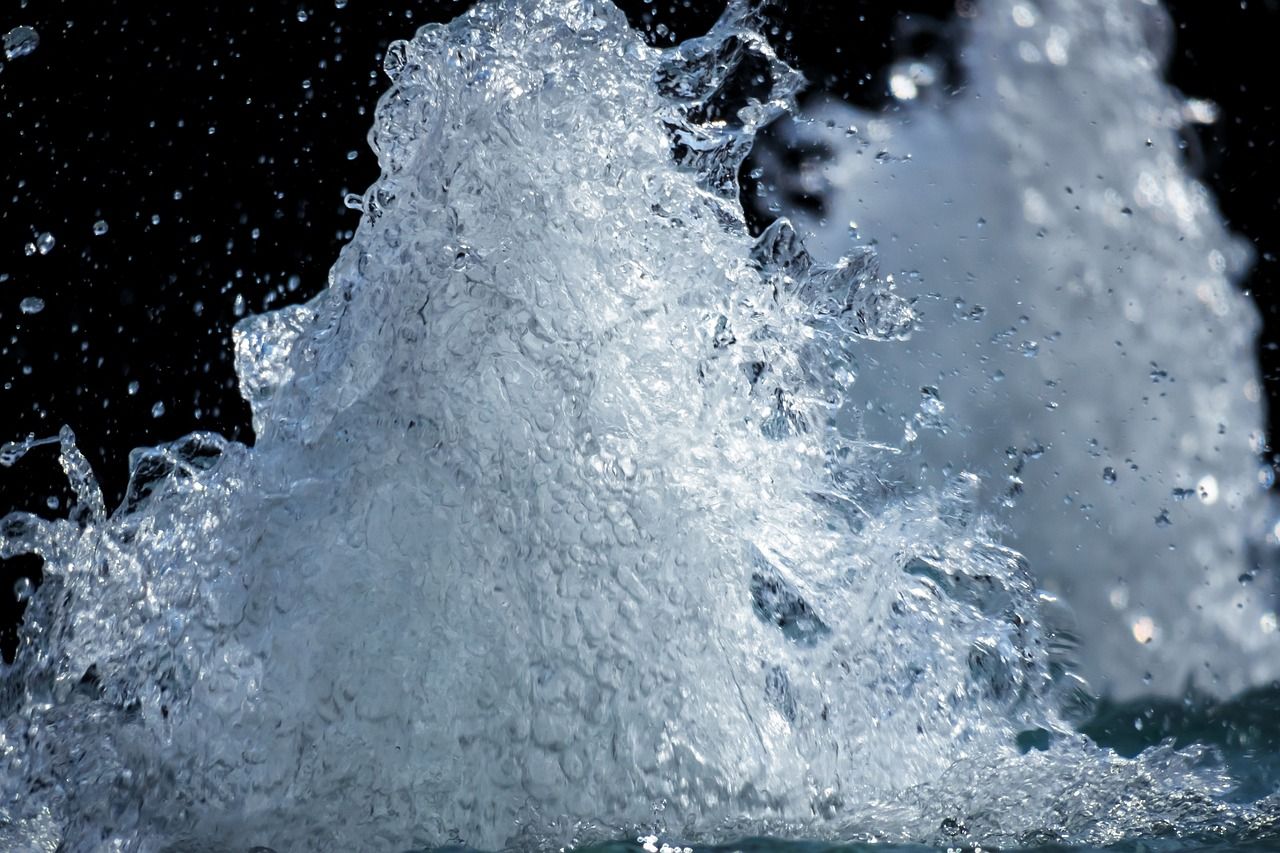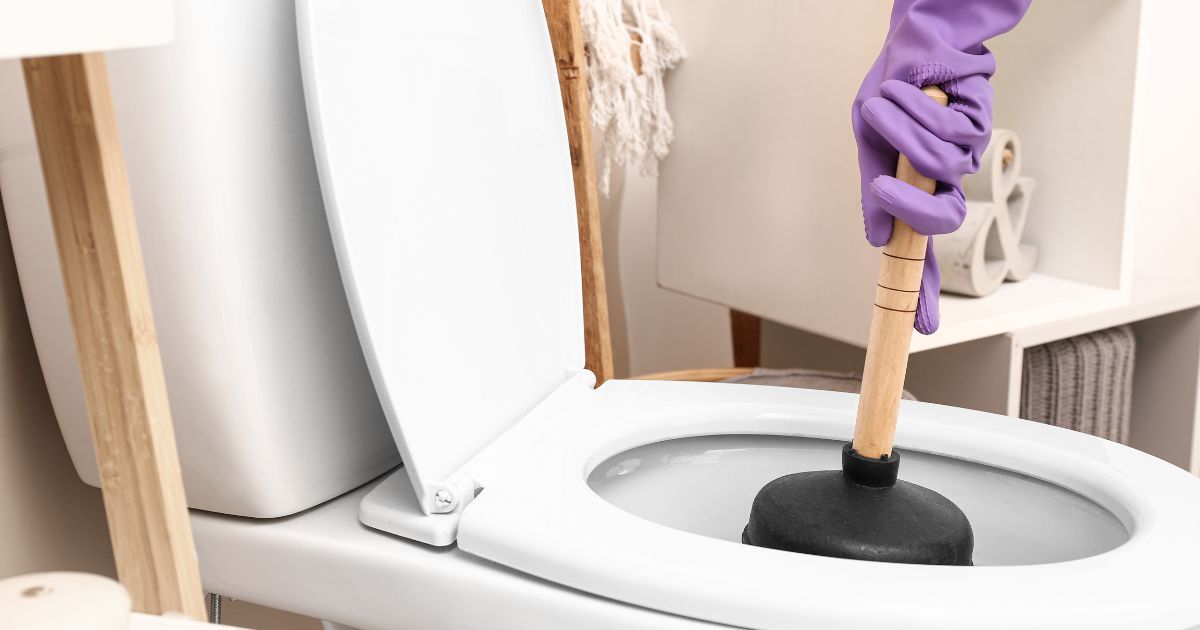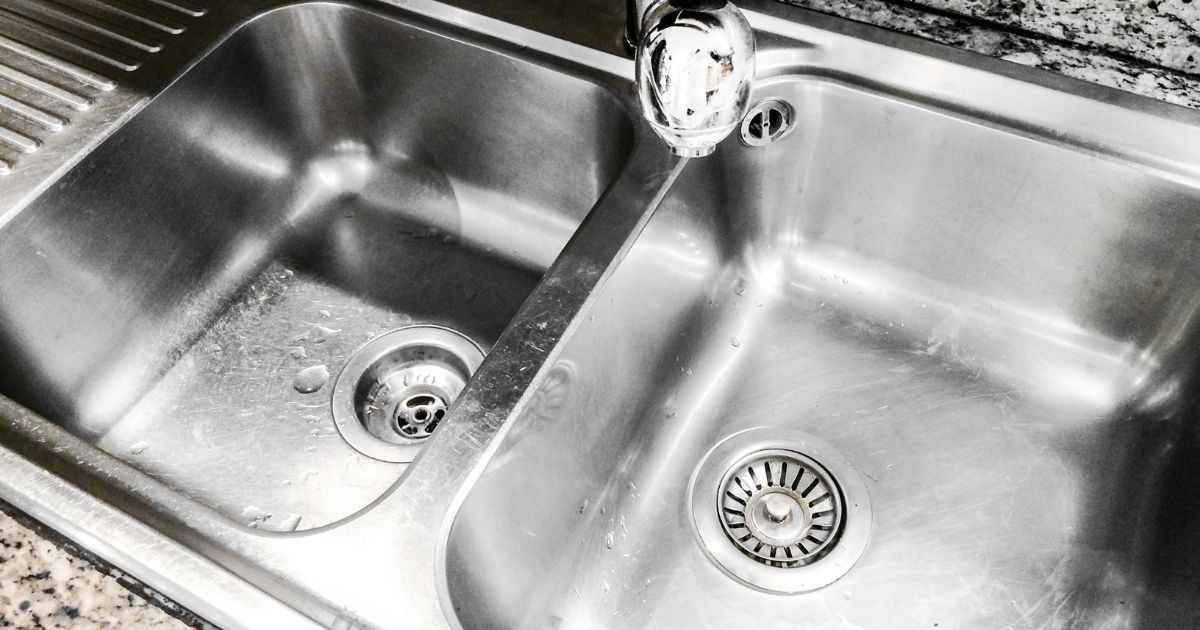What Causes Noisy Water Pipes After Flushing The Toilet?
Have you ever wondered why your peaceful home suddenly turns into a concert of peculiar sounds every time you flush the toilet?
Are those noisy water pipes trying to communicate a hidden plumbing issue?
Well, at Full Speed Plumbing, we’re here to answer the question, “what causes noisy water pipes after flushing the toilet?”. Let’s dive into the mystery surrounding the symphony that comes alive post-flush and explore the possible causes.
Remember, understanding the problem is the first step toward finding the right solution.
Understanding the Root of the Problem: What Are the Different Noises You Hear After You Flush Your Toilet?
When you flush your toilet, you might hear several distinct sounds from your plumbing system. The most common include:
- Banging or Thudding Noise (Water Hammer): This typically happens when the water flowing in your pipes stops or changes direction abruptly. It’s the sound of water slamming against the pipe walls, creating a shock wave. This is also known as a “water hammer.”
- Hissing or Whistling Noise: Do whistling sounds come from your noisy toilet after flushing? Loud, whistling noises are usually caused by water flowing through a partially closed valve or pipes too small. This restricts the water flow, causing a whistle-like sound. In a similar vein, a hissing sound could indicate that there’s too much air trapped in the pipes.
- Gurgling Noise: A gurgling sound after flushing usually points to a blockage somewhere in the pipes. The sound is created by water and air bubbles fighting their way past the obstruction.
- Squealing Noise: When you hear a high-pitched squealing sound after flushing your toilet, it could indicate a problem with the fill valve. This usually happens when internal components of the valve become worn out or damaged. The resulting friction creates a squealing noise that can be quite startling.
- Constant Running Water Sound: If, after flushing, you continue to hear the sound of running water, it is likely that your toilet’s flapper valve isn’t sealing correctly. This can cause water to leak from the toilet tank into the toilet bowl, creating a constant running water sound.
Remember, each of these noises is a sign from your plumbing system that something isn’t right. Listen closely, and your pipes may just help you catch a minor issue before it becomes a major plumbing disaster.
Water Pressure Issues and Sediment Buildup: Silent Culprits Behind Noisy Pipes
Two potential causes of noisy water pipes post-flush could be water pressure issues and sediment buildup. When your home’s water pressure is set too high, the rush of water can cause pipes to vibrate and create noise. This is particularly noticeable when a valve closes (like after flushing a toilet), which can result in the dreaded water hammer effect.
On the other hand, sediment buildup in your pipes can also lead to strange noises. Over time, minerals from the water can accumulate in your pipes, reducing the space available for water to pass through. This can intensify the noise of water flowing, sometimes leading to a whistling or hissing sound.
How to Stop Noisy Pipes When Flushing the Toilet Like an Expert
Now that we’ve identified the issues let’s talk about some preventative measures. To maintain optimal water pressure, consider installing a pressure-reducing valve or adjusting your existing one. This can help keep your water pressure within the recommended range, reducing the likelihood of pipe noise and water hammers.
As for sediment buildup, regular flushing of your water heater and pipes can help keep them clear. You might also consider installing a water softener if your water supply is particularly high in minerals. Remember to seek professional advice before making any major changes to your plumbing system. After all, prevention is always better than cure when it comes to plumbing health.
Who Can You Call if Your Pipes Make Strange Noises After Flushing Your Toilet?
If your pipes still insist on performing their noisy symphony even after you’ve taken preventative measures, it’s time to call in the professionals. Full Speed Plumbing is your go-to resource for all toilet-related plumbing issues. Our team of skilled professionals is equipped to diagnose and resolve all your plumbing concerns, including those noisy pipes that seem to have a mind of their own after every toilet flush.
Remember, each of these noises is a sign from your plumbing system that something isn’t right. Listen closely, and your pipes may just help you identify a small problem before it becomes a major plumbing disaster.
What Causes Noisy Water Pipes After Flushing The Toilet? — Conclusion
In conclusion, the symphony of sounds you hear from your pipes after flushing your toilet is more than just a nuisance; it’s your plumbing system’s way of alerting you to potential issues.
From the water hammer effect to sediment buildup, understanding the root of these noises is incredibly important. Ensuring optimal water pressure and regular pipe maintenance can help keep your pipes quiet and efficient. However, if you continue to hear your noisy water pipes after flushing the toilet, it’s time to seek professional help.
Full Speed Plumbing in Mount Vernon, WA, is here to help you restore the peace and quiet in your home. Our expert team is ready and equipped to resolve all your plumbing concerns. Don’t let the noisy pipes steal your peace. Contact us at Full Speed Plumbing today and let us tune your pipes to tranquility.
